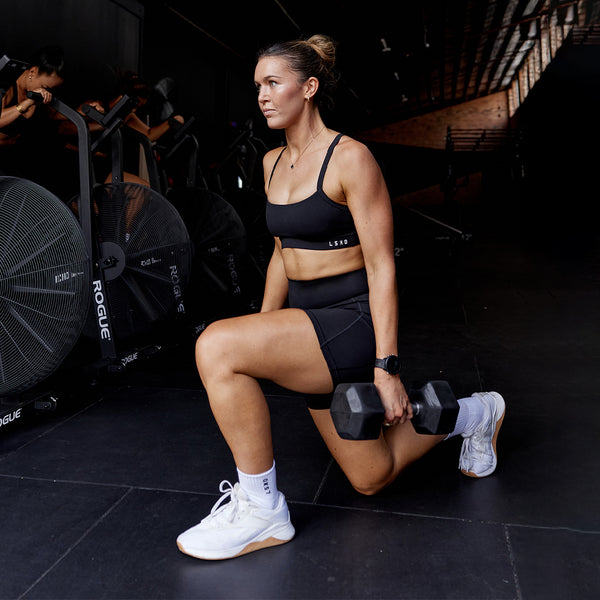Health & Fitness

Setting SMART Fitness Goals In 2023
With the start of a new year, it’s a popular time for building new habits and setting new goals. Many of us are looking for ways to become healthier, fitter, stronger and faster, but often set goals that are too vague or too difficult, which often leads to disappoint.
That’s why it's important to set SMART fitness goals this new year and make 2023 your best year yet.
Using the SMART framework to create fitness goals is an effective way to stay motivated, stay focused, and achieve success. SMART stands for…
- Specific
- Measurable
- Achievable
- Relevant
- Time-bound
With this approach, you can create precise, attainable goals that are relevant to your individual needs and that come with a set timeline for completion. Setting SMART fitness goals will help you to stay on track and smash your fitness objectives this year.
BE SPECIFIC
Goals should be clear and specific and should be more than just having a general idea of what you want to accomplish.
To ensure that success is both measurable and attainable, it's important to get as specific as possible and ask yourself the "who, what, when, where, why, and how" questions.
For instance, if your goal is to improve your overall fitness, a more specific goal might be to run 10kms. This will give you something concrete to work toward and track your progress.
MAKE GOALS MEASURABLE
Your goal should be measurable so that you can track your progress and see how far you’ve come. This way you know if you are getting closer to achieving your goal and can help you stay motivated.
If your goal is to run faster, you might set a goal to run a personal best time over a set distance.
“I want to be able to run 1:40:00 for a half marathon”
By specifying a time, then you can gradually increase your speed over time as you train. Measurable goals help you stay focused on your fitness goals and make it easier to evaluate your progress.
THEY MUST BE ACHIEVABLE
It's important to set goals that are both challenging and realistic. Challenging yourself is important, but don’t set a goal that is impossible to reach.
It's important to set goals that are achievable, sustainable, and realistic. Break down your goals into smaller, measurable steps that you can celebrate your successes along the way. Understand that it's normal to not reach your goals right away and that it's OK.
Progress takes time.
MAKE SURE THEY ARE RELEVANT TO YOU
Setting a goal that is relevant to you and your lifestyle is important. Make sure your goal is something that you want to do and not something that you feel like you should be doing. Tailor the route to your goal by personalizing it to match your interests.
If the purpose of your goal is to lose weight and increase physical activity, opt for exercises that you find enjoyable. It is possible to find pleasure in exercise, and we strongly believe in it!
If lifting weights in the gym or at home is not your thing, go out for a jog instead. Find an exercise that suits your preference and use it to reach your goal.
MAKE THEM TIMELY
Setting a timeline for when you want to achieve your goal is essential. Whether it’s a week, a month, or a year, set a timeline that you can work toward.
If you're a beginner to running, aiming to run a half marathon in two weeks may not be attainable. However, this doesn't mean that you shouldn’t strive for big dreams!
To go about tackling larger goals, try breaking them down into smaller, more achievable objectives that will eventually lead you to the overall goal. Instead, set yourself a realistic goal of achieving this in 4 months. To start, create smaller targets such as running 35km each week by the end of the first month. With this approach, you can gradually build up to your goal of running a half marathon.
You’ve got this team.
Now get out there and get after it!







